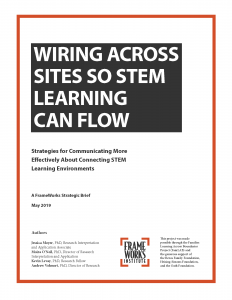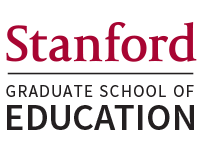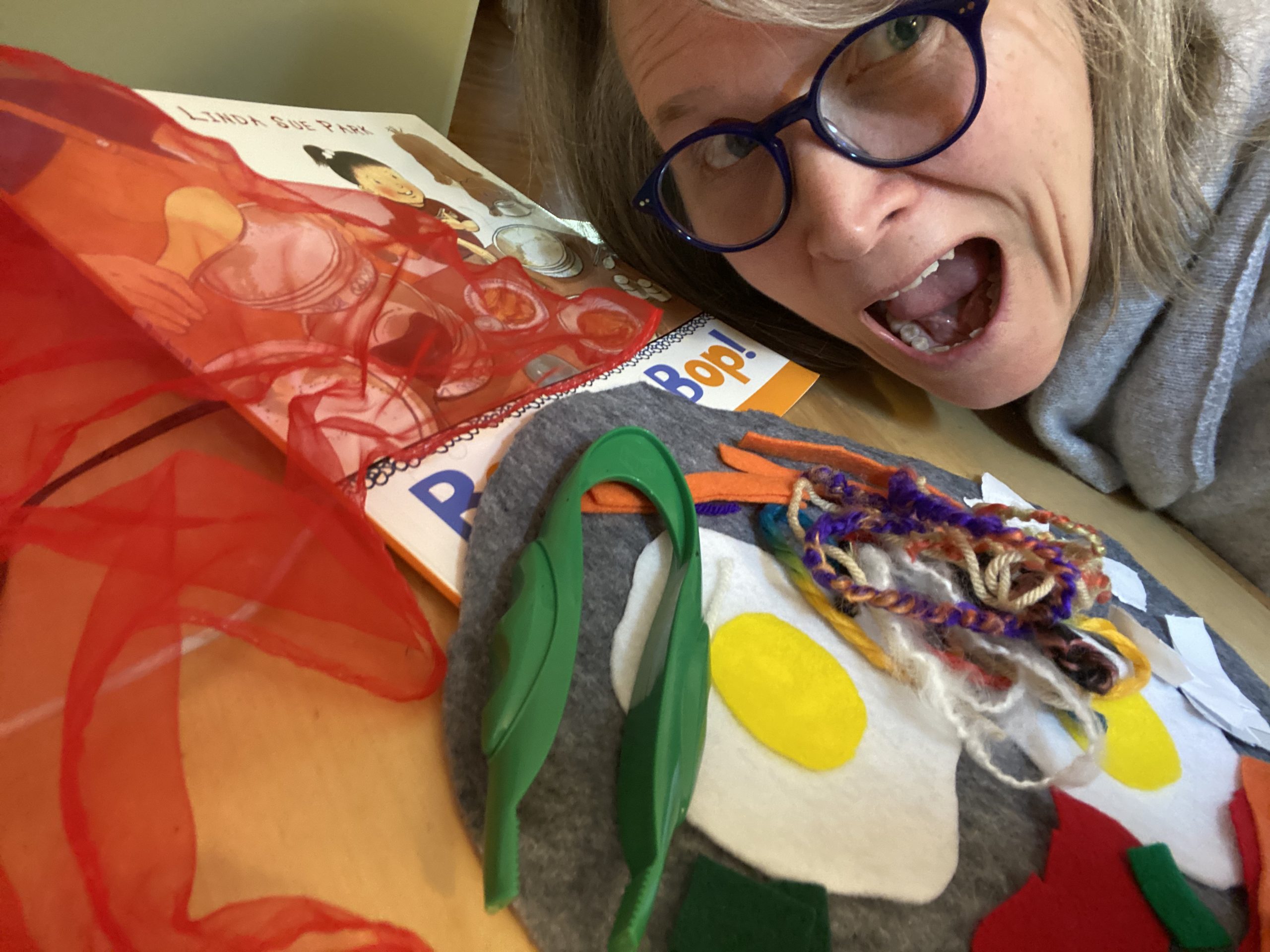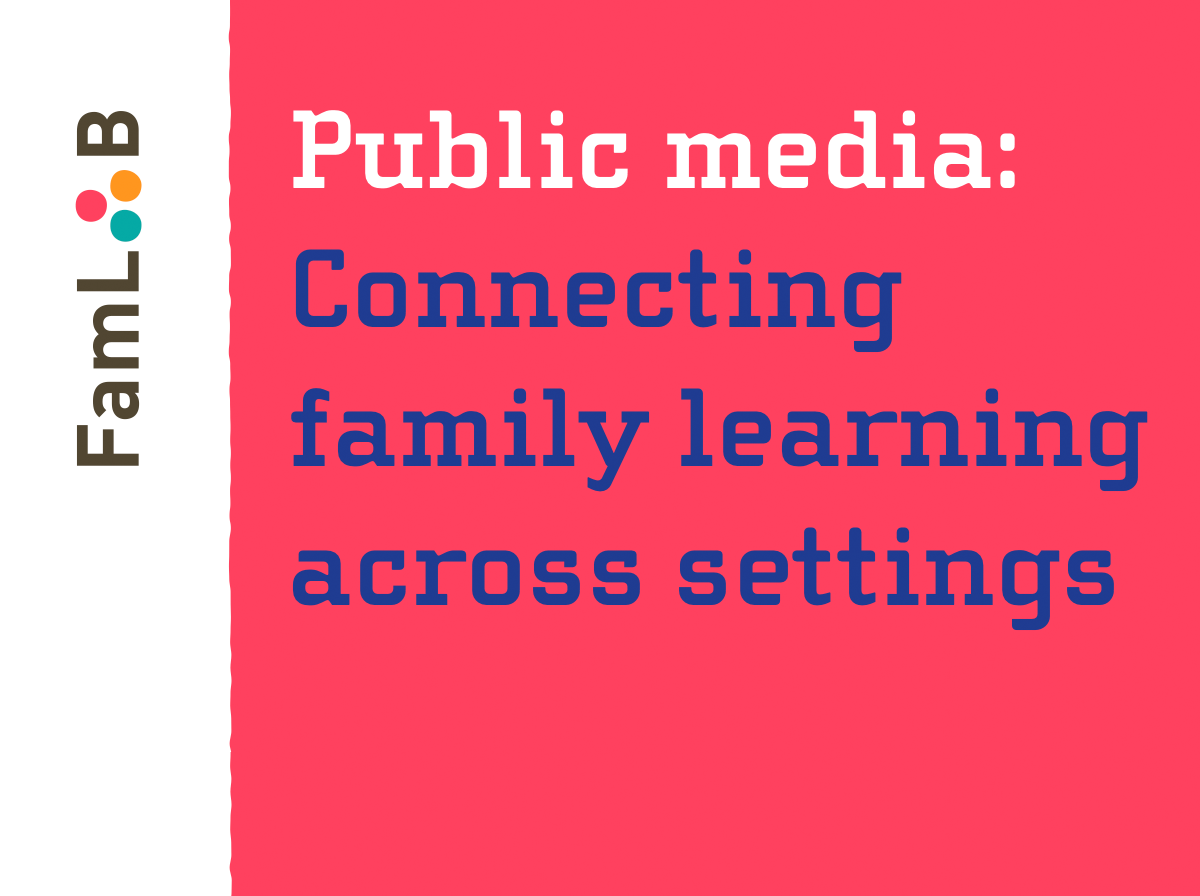
The overarching goal of the Families Learning Across Boundaries (FamLAB) Project is to create an ecosystem that enables and encourages young children’s learning across settings, especially children from underrepresented populations. It draws upon evidence that the most resilient, adaptive, and effective learning involves individual, prolonged periods of engagement, and social supports to provide guidance and inspiration. For many children, however, learning is confined to what they do at school. They do not have access to the people, resources, or time afforded by non-school settings to deepen and sustain their interests. The barriers these children face in porting their learning across settings, however, are hardly physical. The ecosystems they inhabit are plagued by a variety of factors that continue to impede such bridging, despite widening recognition of continuity of experience by scholars and select communities of practitioners.
FamLAB aims to mobilize a community of caregivers, educators, technology developers, and investors dedicated to solve the bridging problem, with a particular focus on the roles that interactive and communication technologies can play in both strengthening the ecosystem and propelling children’s learning across its boundaries. To do so, the Cooney Center, Stanford University, New York University, and the FrameWorks Institute—with the generous support of the Heising-Simons Foundation, the Bezos Family Foundation, and the Oath Foundation—are conducting a set of four activities: stakeholder surveys on bridging, a workshop to broker new bridging partnerships, a spark grants program to spur innovation in bridging solutions, and a national communications campaign. Together, these activities target the following project goals:
- To document and understand the current state of children’s learning across boundaries and the roles that people, organizations, media and technology, and cultural factors are playing facilitating—or impeding—this learning.
- To activate a community of researchers, practitioners, funders, and developers to explore the potential of digital and media technologies in inspiring and facilitating learning across boundaries.
- To equip key influencers with the knowledge needed to more effectively promote and support learning across boundaries.
National Surveys on Bridging Learning
Researchers at the Cooney Center and New York University conducted separate surveys with parents and teachers, which together paint a more comprehensive picture of whether, to what extent, and how children are linking their learning experiences across three locales of interest: home, school, and community. Key questions driving this inquiry include:
- In addition to home, school, and community, what other in-between places (e.g., cars/commutes, grandparents’ homes, parents’ workplaces, etc.) are children learning in, and with whom?
- What roles are families, teachers, and community leaders playing in linking children’s learning across settings? To what extent are all three institutions working together to link children’s learning?
- How are families, teachers, and community leaders using technology to facilitate bridging?
- What attitudes, beliefs, and norms appear to facilitate and impede the bridging of learning across settings?
- How might all of the above vary by income, community setting, child age, family factors, and institutional factors?
Learning Across Boundaries: How Parents and Teachers are Bridging Learning Across Settings »
Learning Across Boundaries: How Librarians Are Bridging Children’s Interests »
Innovation LAB
On November 9 and 10, 2017 Stanford’s TELOS (Technology for Equity in Learning Opportunities at Stanford) Initiative hosted the FamLAB Innovation LAB. The event, which took place at Stanford’s d.school, brought together 29 researchers, community leaders, educators, and philanthropists with the purpose of generating program and/or tool-based solutions to support learning across settings for families from underserved and underrepresented populations. Cross-sector teams spent the two days learning from one another about bridging challenges and best practices, becoming familiar with the FamLAB research on bridging, building rapport in their self-selected cross-sector teams, and then conceiving of projects that could bridge children’s learning in their home communities, ideas they could continue to refine for later entry into the FamLAB Spark Grants Program (see next). Learn more »
Spark Grants Program
The goal of the Spark Grants Program was to identify, support, and promote innovative approaches to help children and youth ages 3–12 learn more deeply across home, community, and school settings. To do so, the program aimed to activate a cross-sectoral community of researchers, practitioners, and developers to explore new ideas, with a special emphasis on the potential of media and technology to facilitate learning across boundaries. The 2018-2019 program provided grants to US-based non-profit organizations and educational institutions to undertake innovative research and development (R&D) work, design capacity-building tools, and lead community engagement projects. These one-year grants were intended to spur knowledge development and experimentation, including the launch of a network of leaders who will exchange best practices and plan future activities. Grants prioritized projects that:
- Connect where children live, learn, and play, including schools, libraries, museums, parks, clubs, community centers, centers of faith, home, and online.
- Foster science, technology, engineering, and math (STEM) learning, critical thinking, problem-solving, creativity, and collaboration skills and competencies that children need to thrive in an increasingly connected and technology-driven world.
- Inspire learners to pursue their passions and interests using various tools and technologies.
- Strengthen learners’ connections to their own communities and help them develop a wider cultural lens that will unlock opportunities both within and beyond these communities.
Learn more about the recipients of the 2018-2019 FamLAB Spark Grants »
See Communications Guidelines for Grantees »
Strategic Communications Research

The FrameWorks Institute is applying an empirical approach to activate early childhood practitioners and policymakers in advancing the bridging potential of media and technology to deepen children’s STEM learning. Using ethnographic and quantitative methods, FrameWorks has conducted research that uncovers features of public thinking that have challenged those who are trying to bridge children’s learning across settings, and the role that media and technology can play in supporting these processes. Crossing the Boundaries: Mapping the Gaps Between Expert and Public Understandings of Bridging STEM Learning Environments highlights findings from this research, identifies areas that influencers and communicators must target to increase understanding of, and boost support for the policies and programs needed to better connect and bridge STEM learning environments. FrameWorks has also designed and tested strategies to effectively communicate the key research lessons. These “frames” and narratives to build public understanding and support for programs and policies that will support deeper learning for young children are available in Wiring Up: Strategies for Talking about Connecting STEM Learning Environments.
All of the above has been made possible with the financial support of the Heising-Simons Foundation, the Bezos Family Foundation, and the Oath Foundation. We are grateful for their investments in this important work, and for their concern for the improvement of educational opportunities and outcomes for young children and their families, particularly those who have been traditionally underserved by current systems and institutions.





